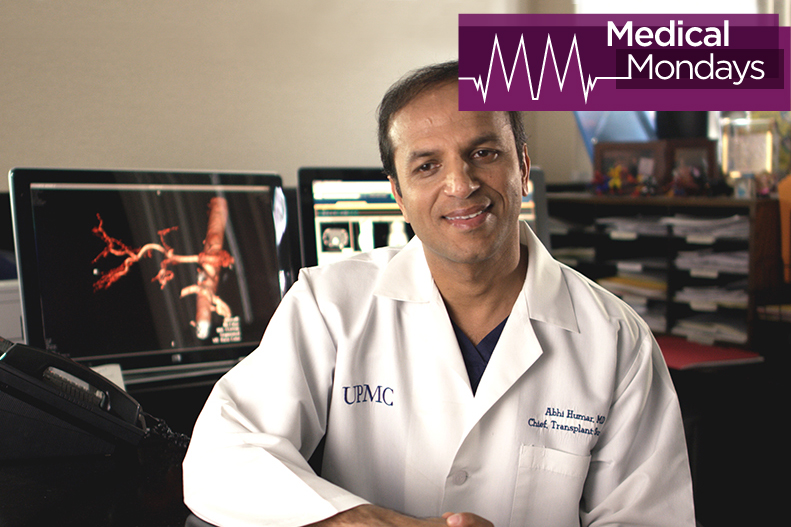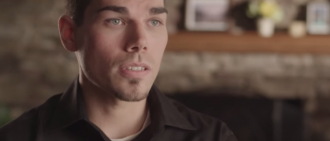As the disparity between organs available for transplant and the number of potential recipients in need increases, the transplant waiting list grows rapidly. Living-donor transplant provides a way for patients to overcome the limitations of the waiting list, with improved outcomes compared with deceased-donor transplants. UPMC Transplant Services has some of the largest experience in the country performing living-donor transplantation.
This segment will cover:
- What is living-donor transplantation?
- Who can be a living donor?
- What are the advantages for a transplant recipient?
-
Can I Donate Certain Organs While I’m Still Alive?
Many organ donations come from a deceased donor, but you can donate certain organs and tissues while you are still alive. Because of medical advances, you can donate to a friend or loved one in need or make a selfless gift to a stranger. Read more to discover how organ donors can give the gift of life and enable doctors to save even more people who desperately need a transplant.Learn More
-
How to Register to Become an Organ Donor
More than 123,000 people are waiting for an organ transplant and thousands more are in need to tissue and corneal transplants. Donated organs and tissue may offer the gift of sight, freedom from machines, or even life itself for people whose organs are failing because of disease or injury. Read more to discover the importance of organ donation and how to register to become a donor.Learn More
-
6 Common Organ Donation Myths Debunked
Every day, about 18 people in the United States die while waiting for an organ transplant. One organ donor can save up to eight lives, but unfortunately, there are many misconceptions that may prevent people from registering as a donor. Read more to discover the importance of organ donation and to get the facts behind some of the most common myths.Learn More
-
The Impact of One Organ Donor
Organs from just one healthy donor can help save or dramatically improve the lives of up to eight people. With more than 123,000 people currently are waiting for organ transplant, that’s all the more reason to consider adding a notation to your driver’s license or state-issued I.D. that you are an organ donor. Read more to discover which organs are able to be donated and to learn how to register as a donor.Learn More
-
Living-Donor Transplant: A Choice to Stop Waiting and Keep Living
With more than 15,000 Americans on the waitlist for a liver — and only about 5,000 deceased donors — living-donor liver transplant (LDLT) offers many benefits, including shorter time spent on the waitlist for the recipient, and improved long-term outcomes. Annette is just one generous donor. Read more to hear her story.Learn More
-
Kidney Donation Chain: Who’s Who?
Over two days, eight people participated in a kidney transplant chain in April 2013 at UPMC Montefiore. Because one person initially decided to donate a kidney to a stranger, known as an altruistic donation, three others were able to receive kidney transplants they desperately needed. Read more to discover how the transplant chain came about.Learn More
-
Living Donor Kidney Transplant Patient Story: A Second Chance at Life
After her godson Anthony was diagnosed with a life-threatening illness, Eileen honored her vow to take care of him. She stepped up to become his living-donor by donating her kidney – and gave him a second chance at life. Read more to hear their full story.Learn More







